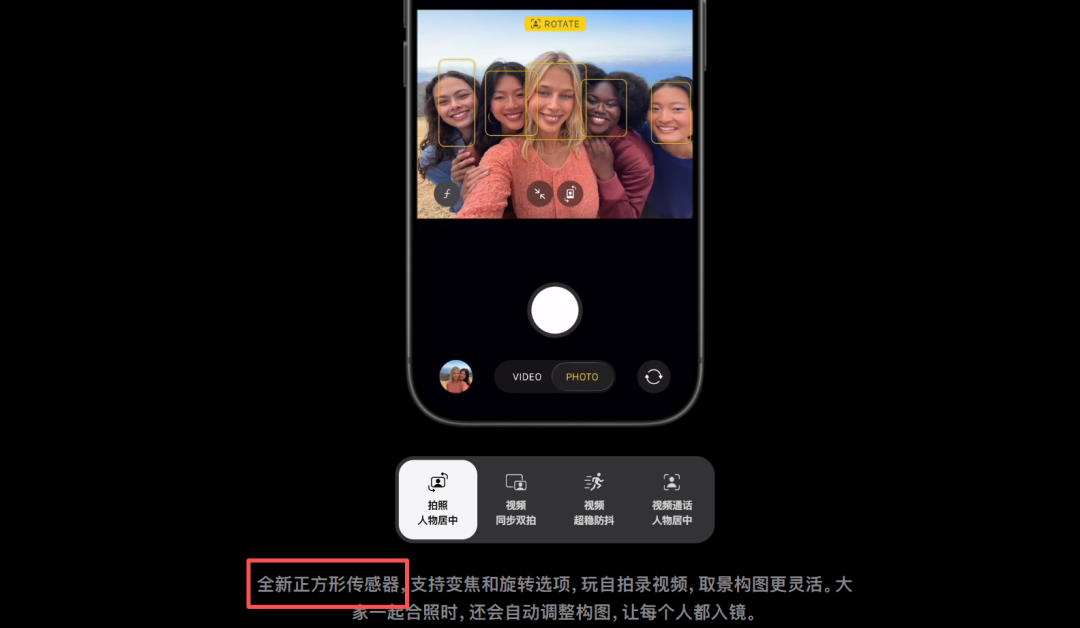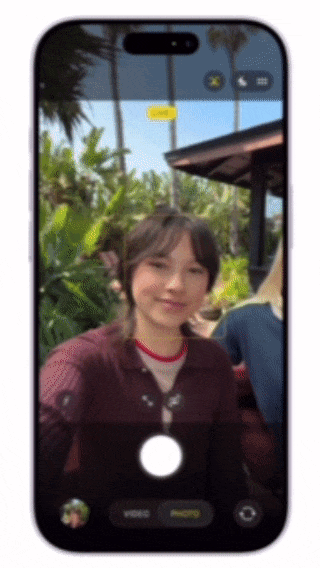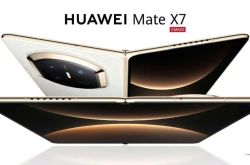Could the 'Square' Sensor in iPhone 17 Point the Way for Apple's Smart Glasses?
![]() 09/24 2025
09/24 2025
![]() 465
465
Have you noticed that the newly launched iPhone 17 series boasts a square CMOS image sensor?  ▲ Information from Apple's official iPhone 17 page
▲ Information from Apple's official iPhone 17 page
What advantages does a square image sensor offer? As demonstrated in Apple's official iPhone 17 presentation, when capturing a single subject, the image is framed in portrait orientation. However, as more individuals enter the frame, the viewfinder automatically adjusts the aspect ratio without requiring the phone to be rotated. 
Currently, the majority of CMOS image sensors used in smartphones and smart glasses are rectangular. Take, for example, the Sony IMX 681 sensor employed in smart glasses like the Rayban Meta. This sensor measures approximately 3.024mm in length and 4.032mm in width. Given that smart glasses cannot be held vertically or horizontally for shooting in the same manner as handheld smartphones, the orientation of the image sensor directly influences the resulting frame. In AI smart glasses such as the Rayban Meta and Rokid Glasses, the sensor is oriented vertically, resulting in portrait-oriented photos and videos. Conversely, Xiaomi's AI smart glasses utilize a horizontally placed IMX 681 sensor, producing landscape-oriented videos. Some manufacturers, like Thunderbird V3, offer both portrait and landscape modes, but this is achieved by cropping previously captured images, which further reduces the already limited resolution and results in blurrier images. 
If AI smart glasses were to incorporate a square sensor, users would have the freedom to choose between portrait and landscape shooting modes, even achieving effects similar to those of the iPhone 17's front camera, which automatically adjusts the frame dimensions based on the number of people in the shot. Foreign media sources have reported that Apple is actively developing AI/AR smart glasses. Based on this, I would venture to speculate that if Apple were to create smart glasses focused on photography, they would likely opt for a square sensor. Considering the relatively compact size of smart glasses, image sensor manufacturers have been hesitant to design chips specifically tailored for this market. However, with the iPhone 17's adoption of a square CMOS sensor, it is anticipated that more smartphone manufacturers will follow suit, leading to a broader adoption of square CMOS image sensors. Given the significant volume of smartphones in the market, this trend will inevitably encourage some CMOS image sensor manufacturers to consider smart glasses compatibility when designing square sensors for smartphones. This, in turn, will further promote the application of square CMOS image sensors in AI smart glasses, enabling users to shoot freely in both horizontal and vertical orientations and ultimately delivering superior shooting results.







